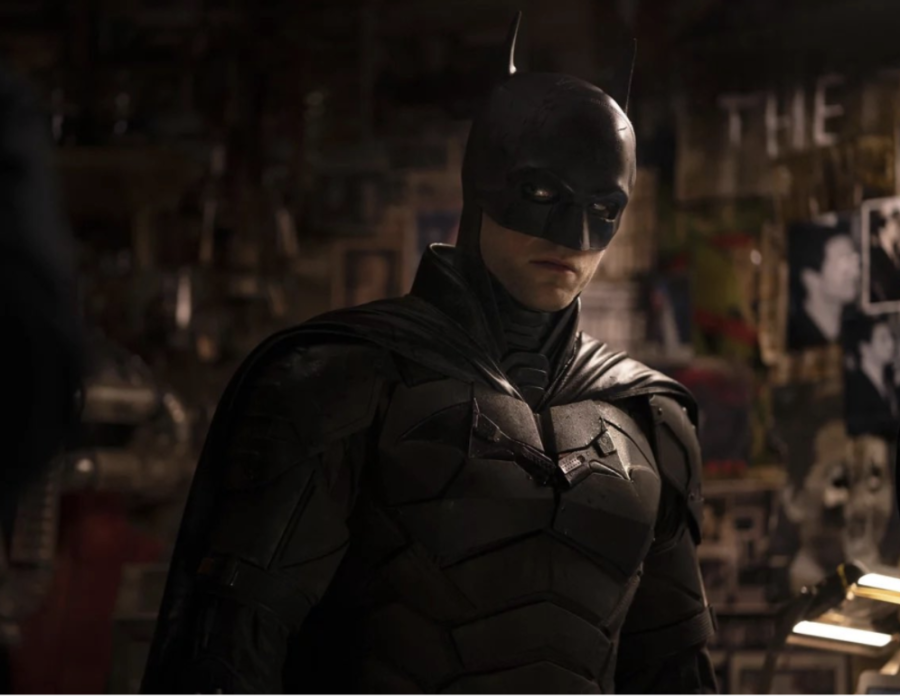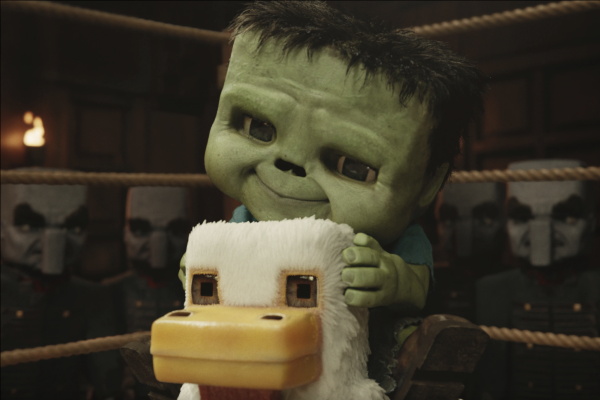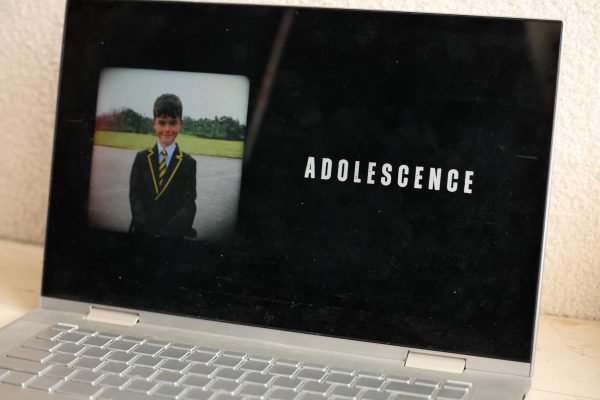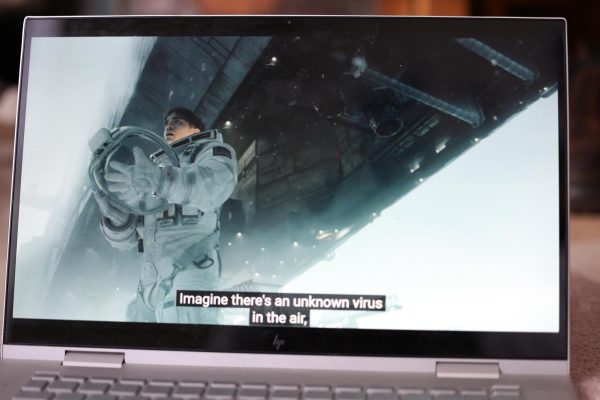“The Batman” is Everything a Superhero Movie Should Be
I grew up on Batman. As far back as I can remember, my life was spent consuming countless comic books, television shows and movies made since the character’s first appearance in 1939. In Batman’s 82-year history, so many possibilities and versions of the characters have been explored that it seems impossible to say anything new. Somehow, and perhaps miraculously, “The Batman” feels impressively fresh. At no point in the film’s near-three hour runtime did the grin drop from my face.
Where Warner Bros.’ DC Cinematic Extended Universe of films has set a precedent for attempting to ground fantastic characters and adventures in real-world settings and Disney’s Marvel Cinematic Universe has delivered a non-stop series of safe, sanitized movies, “The Batman” delivers on neither.
While the film doesn’t bog itself down by trying to adapt the Batman character to fit into a realistic world like Christopher Nolan’s “Dark Knight” trilogy, the movie is still tonally dark and at times disturbing in its content. The movie doesn’t shy away from gritty and violent crime, showcasing these topics in such a way that it feels as though the world of “The Batman” is the victim of some kind of eldritch horror. The film’s attempts at the grittiest, darkest themes successfully recognize their own absurdity in doing so.
As a celebration of pulp fiction and noir stories, “The Batman” doesn’t indulge neither family-friendly fantasy nor realism.
With all that being said, let’s get to the beating heart behind what really makes this film breathe: the talent.
In the director’s seat, Reeves allows himself to fully explore what he learned while directing the recent “Planet of the Apes” trilogy (a trilogy I hold to be one of the best sci-fi franchises of the past decade). To start off, the action of “The Batman” is so wonderfully directed. The film is rife with style and, with the added talent of cinematographer Greig Fraser, every shot in the movie is filled with glamorous colors, gripping the contrast between the light and dark of this world’s Gotham City. Every frame is beautifully constructed, brimming with deliberately placed colors that prevent the setting from becoming dull at any point in the film’s near-three-hour runtime. The setting is full of life, and the Gotham City of “The Batman” feels like a character in itself.
Additionally, it would be easy to muddle the action in the film; each action set piece contains a myriad of moving parts, nameless goons and generic locations. However, Reeves’ directing style is synonymous with clear action.
All of the moving parts are presented clearly and edited together in masterful clarity, making it easy to forget just how complex each action sequence really is. Every “nameless goon” (and even the primary characters) of action sequences are blocked clearly, allowing the audience to follow how each character moves about the screen. Generic locations are glamorized, given an invigorating make-over thanks to the movie’s heavily stylized visuals.
It would be an injustice to discuss what makes the movie great without mentioning its incredible acting talent. While a lesser movie with a cast as large as “The Batman” might waste its talent, the cast of “The Batman” performs wonderfully. No two characters are alike, and each one is acted in such a way that seems to expand what the world is capable of. Every acting performance is memorable, but Paul Dano and Colin Farrel, who play the villains Riddler and Penguin, respectively, steal the scene every time they appear on screen. Jeffrey Wright’s performance as the police lieutenant Jim Gordon also deserves an honorable mention, as he plays the straight-man to Robert Pattinson’s absurdly angsty Batman. Thanks to every acting performance giving each character a distinctive personality, the world seems vast and endless.
Additionally, Michael Giacchino’s score lends itself phenomenally to the craftsmanship of the film. Although the composer has been building scores for blockbuster films for a little less than a decade, Giacchino’s score for “The Batman” is some of his best work. The eponymous theme is clearly defined and memorable, already making it different from not only some of his own past work but also from the standardized, dull scores we often get from modern blockbuster films.
In a culture so focused on the “franchise film,” it’s refreshing that “The Batman” exists in a completely self-contained story, cut off from the rest of the DC Extended Universe. The narrative concludes satisfactorily. Enough seeds are dropped throughout the film that, if a follow-up were to be greenlit by Warner Bros., the narrative could easily continue without it seeming like a sequel was forced into existence. However, I would be happy if no follow-up were produced at all, as I feel as though the film accomplished what it set out to do aside from one misstep.
To its detriment, the biggest weakness of “The Batman” is its inability to commit to its own morals. While a majority of the film is spent attempting to deconstruct the cycle of poverty and violence as a result of institutionalized corruption, parts of the film feel too forgiving of the system, refusing to stand by its statement. It falls flat. However, the strength of every other component more than makes up for the film’s stifled message.
It’s safe to say that “The Batman” is the best blockbuster film I have seen in recent years, if not one of the best blockbusters of the past decade.

Sebastian Diaz is a senior from Chapel Hill, N. C. who is double majoring in journalism and film. After starting as a news reporter for The Fordham Ram...













































































































































































































